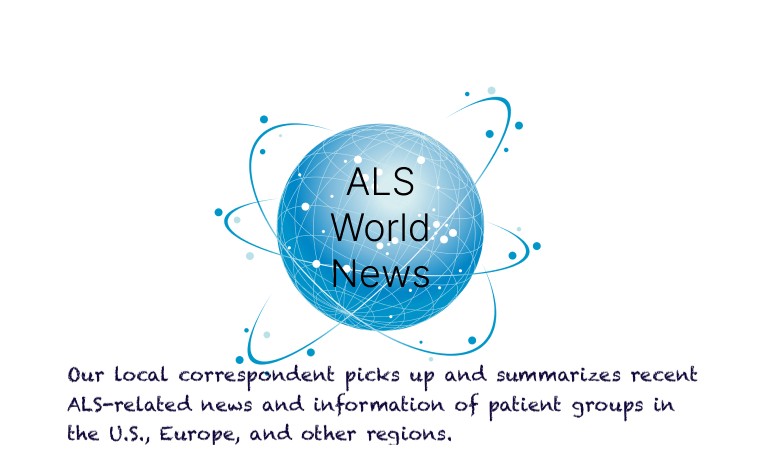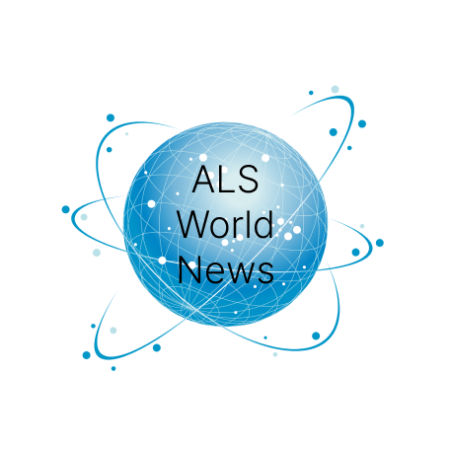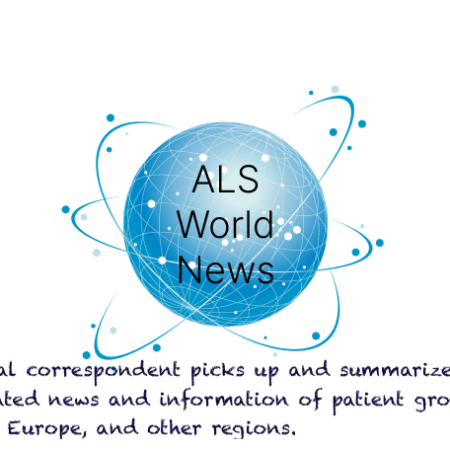On August 2, 2022, the U.S. Senate passed an expansion of the law commonly known in the United States as the Burn Pit Bill, and the tearful faces of veterans and their families across the country were reported in the media for several days with relief and joy. In the center of that crowd was famous comedian Jon Stewart, who has long campaigned for enlightenment on their behalf, raising his arms in victory with the veterans.
The law, which concerns medical coverage and disability compensation for veterans who became ill as a result of daily exposure to toxic fumes from open-air incineration of military waste while serving in the military, was formalized by President Biden, a prominent supporter of the law’s enactment. The law facilitates veterans’ access to medical coverage and disability compensation without having to provide the previously required evidence of a direct medical link (a relationship between their current illness and an injury or illness sustained during military service). Many veteran patients have died in hardship because they could not gather enough evidence to receive compensation.
The official name of the law whichi is long, is Sergeant First Class Heath Robinson Honoring Our Promise to Address Comprehensive Toxics (PACT) ACT of 2022, also known by its acronym P A C T . Named for Heath Robinson, a veteran who died of lung cancer in 2020 at the young age of 39, the law is meant to be a national commitment to comprehensively address the various toxic substances to which soldiers have been exposed during their military service. It took more than decades of hardship and appeals by veterans and their families to reach this historic moment. After days of camping out on the Capitol steps and enduring mid-summer heat, humidity, and thunderstorms, veterans and their families put mental pressure on Republican Senators who were adamantly opposed to the passage of this law. (Some Republicans have cited concerns that the law would cause massive spending and exacerbate inflation as reasons for their opposition.)
https://www.cnn.com/2022/08/02/politics/senate-vote-burn-pits/index.html
With the passage of this law, there is finally hope for the approximately 3.5 million veterans who were exposed to months and years of toxic smoke while serving in the military and who have returned home with numerous incurable illnesses, including various types of cancer, respiratory illnesses, eye diseases, and ALS. The law covers not only veterans returning from countries in the Middle East, including Iraq and Afghanistan, but also those who were exposed to the infamous “Agent Orange Herbicide” during the Vietnam War nearly 50 years ago. The program will also cover veterans who were exposed to the infamous “Agent Orange Herbicide” during the Vietnam War nearly 50 years ago. There are approximately 17.4 million veterans in the U.S. (2019 Census), so 3.5 million is about 20% of that total. Incidentally, President Biden, who lost his 46-year-old son eight years ago (2015) to an advanced brain tumor called glioblastoma, stated that the toxic gas from Burn Pit invaded his son’s brain and took his life years later. His son fought in the combat zone of the Iraq War for a year in 2009.
The link between ALS and toxic substances has been documented in numerous research papers, and the U.S. Veterans Administration (V Administration) has formally recognized the link, and in November 2009 issued a formal list of Presumptive Service Connection ( In November 2009, the U.S. V A Administration formally recognized the connection and included it in the official list of Presumptive Service Connections. This is a list of presumed direct links between military service and illness after returning home from the military.
VA Hospitals (Veterans Hospitals) scattered throughout the United States are instructing veterans diagnosed with ALS to complete prompt and accurate paperwork to ensure they receive the proper benefits. For reference, the following link is to the C A State Nevada County Office website, which has the instructions.
Military Service and ALS are recognized by US VA Hospitals https://www.nevadacountyca.gov/3511/Health-Conditions-Related-to-Toxic-Expos#anchor6
The site lists a list of diseases caused by toxic military environments and military service that the VA is aware of, with A L S listed as the sixth and final disease.
- Agent Orange Exposure
- Gulf War Illness
- Burn Pits and Other Airborne Hazards
- Illness Due to Toxic Drinking Water at Camp Lejeune
- “Atomic Veterans” and Radiation Exposure
- Amyotrophic Lateral Sclerosis (ALS) <――――
The ALS Association website also lists U.S. military service and the increased risk rate of developing ALS.
The report describes the conclusions of a study conducted in 2005 and 2009 at Harvard University by a fund from the U.S. Department of Defense (DOD) and the National Institutes of Health (NIH), which found that all veterans, regardless of their branch of assignment (location) or age of service, had a twofold higher risk of developing A L S The study found that the risk rate of developing A L S was twice as high for all veterans as for civilians (without military service experience), regardless of branch of service (location) or service age. The fact that A L S is said to be a military disease in the U.S. may come from these statistics.
Harvard University: Studies conducted in 2005 and 2009 by researchers at Harvard University and funded by the Department of Defense and the National Institutes of Health concluded that all military veterans, regardless of branch or era of service are nearly twice as likely to develop ALS.
I looked into a recent research article that describes the relationship between the environment to which the individual has been exposed and the onset of ALS. The article was published in the prestigious British scientific journal The Lancet in May of this year. It was published in the prestigious British scientific journal The Lancet in May of this year. The article by researchers from the University of Michigan, Trinity College (Dublin), King’s College (UK), University of Turin (Italy), and University of Sydney (Australia) is based on the “interaction of genetics, environment, and time” hypothesis. The idea is that the sum of all exposures of any kind to which a person has been exposed from birth until the onset of disease (called the Exposome) may in fact be an important and influential determinant of the onset of ALS. The above “interaction of genetics, environment, and time” hypothesis is a hypothesis that is currently receiving a lot of attention as it was also published by researchers from several universities (University of Miami, Dartmouth College, Johns Hopkins University, University of Turin, and the N I H Institute of Gerontology) on the N I H PubMed.gov website in 2018 The hypothesis is currently undergoing a great deal of attention. A few years ago, the University of Miami and Dartmouth College in New Hampshire drew worldwide attention with the announcement that the coastal areas of Florida and the vicinity of several lakes in the New England region of the northeastern U.S. are the sites of statistically abnormal levels of ALS (10 to 25 times the average incidence). Both areas have been attributed to cerebral accumulation of BMAA toxin by cyanobacteria in seawater and lake water.
Lastly, the exposome—the summation of lifetime environmental exposures—has emerged as an influential component for amyotrophic lateral sclerosis through the gene–time–environment hypothesis. Our improved understanding of all these aspects will lead to long-awaited therapies and the identification of modifiable risks factors.
It seems that the idea that ALS may be caused by the interaction of three factors (interaction hypothesis of genetics, environment, and time): genetic factors (susceptibility to the disease), the environment in which one lives (air, water, soil pollution, etc.) and diet, and the period of accumulation, has become widely accepted in the past few years. This may be another reason why some people do not develop the disease even though they have military service experience in the same environment or grew up in the same area, or why some people have genetic mutations associated with ALS but lived to an advanced age without developing the disease for the rest of their lives. As more data is collected and analyzed using machine learning (ML) and deep learning (DL), more environmental factors will be identified, and the complex interrelationships between genes and epigenetics and the process of triggering the onset of disease may gradually be elucidated. The complex interrelationships between genes and epigenetics may gradually be elucidated.
Jan, 2023 Reported by N. Schlough
Aug 2023 Last edited by N. Schlough





